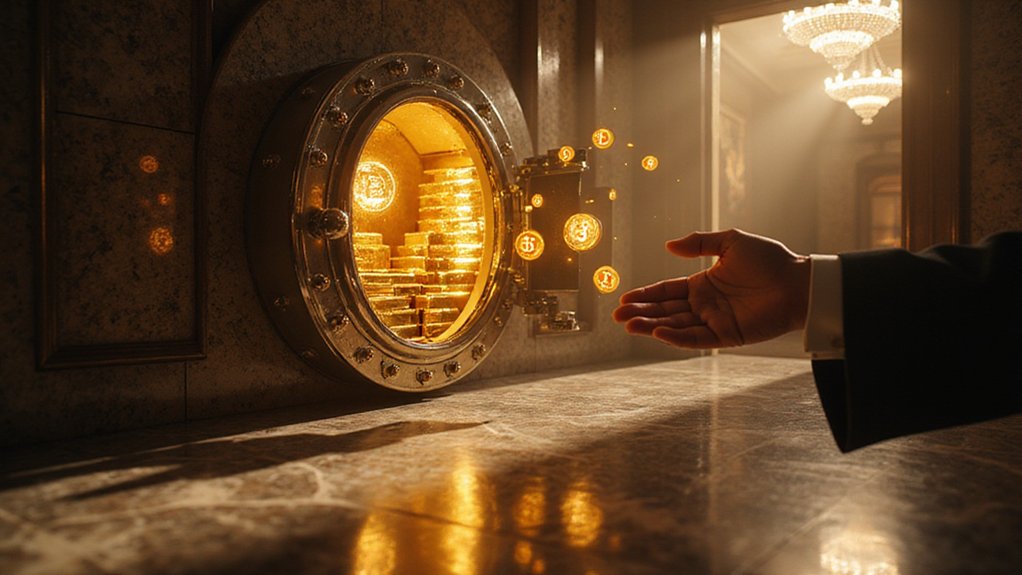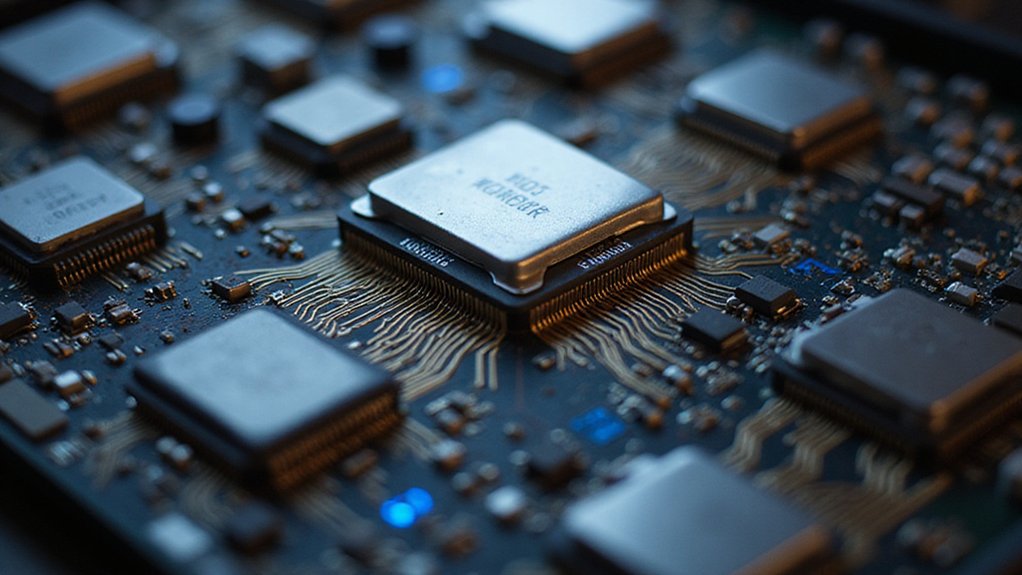The Trump family’s latest foray into cryptocurrency has taken yet another ambitious turn, with World Liberty Financial—their crypto venture that has already managed to raise some $550 million through token sales—now seeking to establish a publicly traded entity that would hold approximately $1.5 billion in a combination of their proprietary WLFI tokens and cash reserves.
The proposed public company, which would reportedly utilize a NASDAQ-listed shell firm, represents the family’s most audacious attempt to capitalize on the burgeoning digital asset treasury company trend. Eric Trump and Donald Trump Jr. are slated for board positions in this venture, while Donald Trump maintains his “co-founder emeritus” status—a title that manages to sound both grandiose and deliberately vague.
World Liberty’s WLFI token, initially launched as a non-transferable governance asset, is poised to become tradable on open markets. The firm has also issued USD1, a dollar-backed stablecoin that serves as the foundation for their decentralized financial applications. This ecosystem approach mirrors other crypto treasury companies that have collectively planned $79 billion in bitcoin purchases this year alone. The strategy follows the playbook established by MicroStrategy’s pioneering concept from 2020, which has since accumulated over $72 billion in Bitcoin.
The timing appears strategically aligned with pro-crypto policies emerging from Donald Trump’s administration, including recent executive orders permitting 401(k) retirement plans to invest in alternative assets. Trump has also signed recent legislation that establishes regulatory frameworks for dollar-pegged stablecoins, potentially enhancing investor confidence in the sector. Such regulatory tailwinds could theoretically boost institutional appetite for ventures like World Liberty’s proposed entity.
Yet investor skepticism persists regarding the sustainability of rapid crypto treasury company growth. These firms fundamentally function as elaborate vehicles for accumulating cryptocurrency on public balance sheets—a strategy that works brilliantly during bull markets but can prove catastrophic when digital assets inevitably correct. Companies pursuing this model must navigate significant exposure to regulatory changes and market volatility that can dramatically impact their holdings.
The Trump family’s broader crypto portfolio now includes multiple blockchain ventures, memecoins from both Donald and Melania Trump, and support for Bitcoin mining operations. This diversified approach suggests either sophisticated market positioning or the classic entrepreneurial strategy of throwing everything at the wall to see what sticks.
Whether World Liberty’s $1.5 billion ambition represents genuine financial innovation or merely another chapter in the ongoing crypto speculation remains to be determined by market forces and investor appetite for Trump-branded digital assets.








